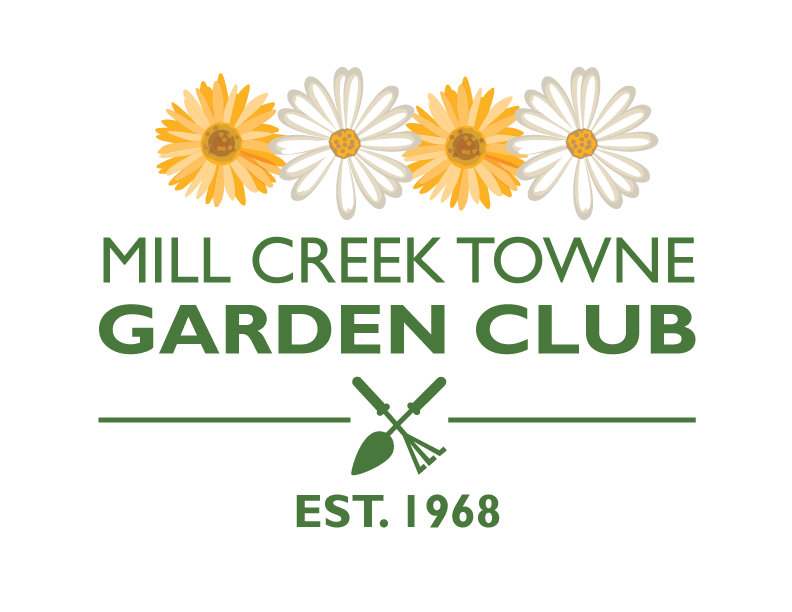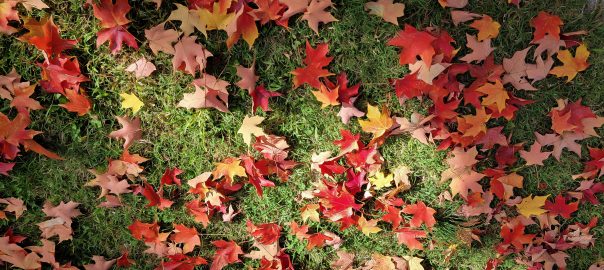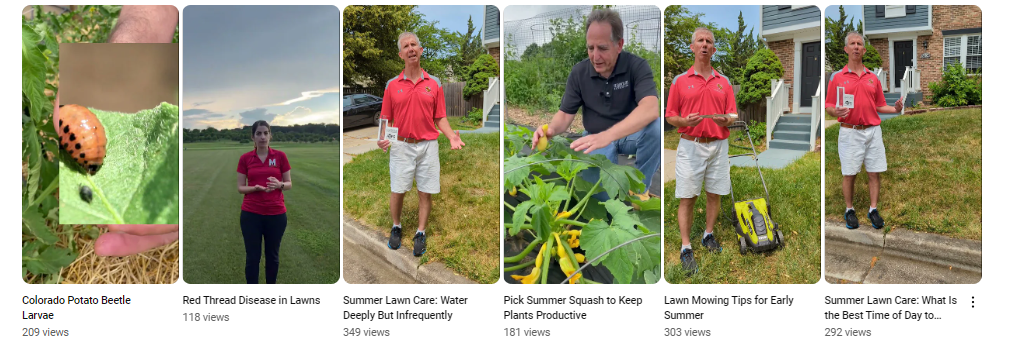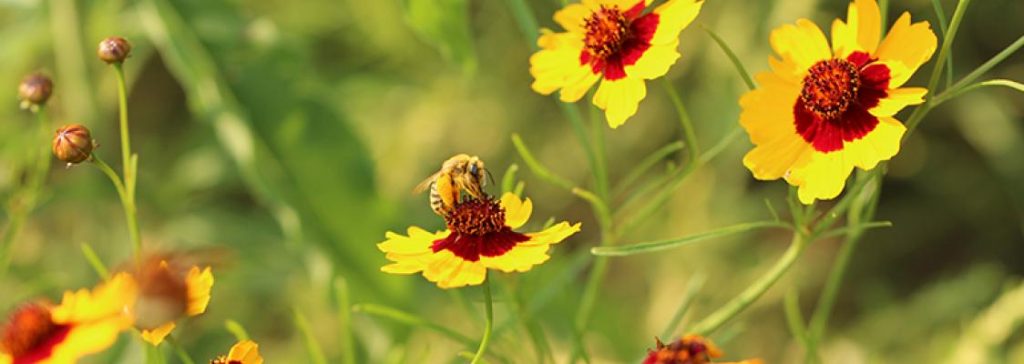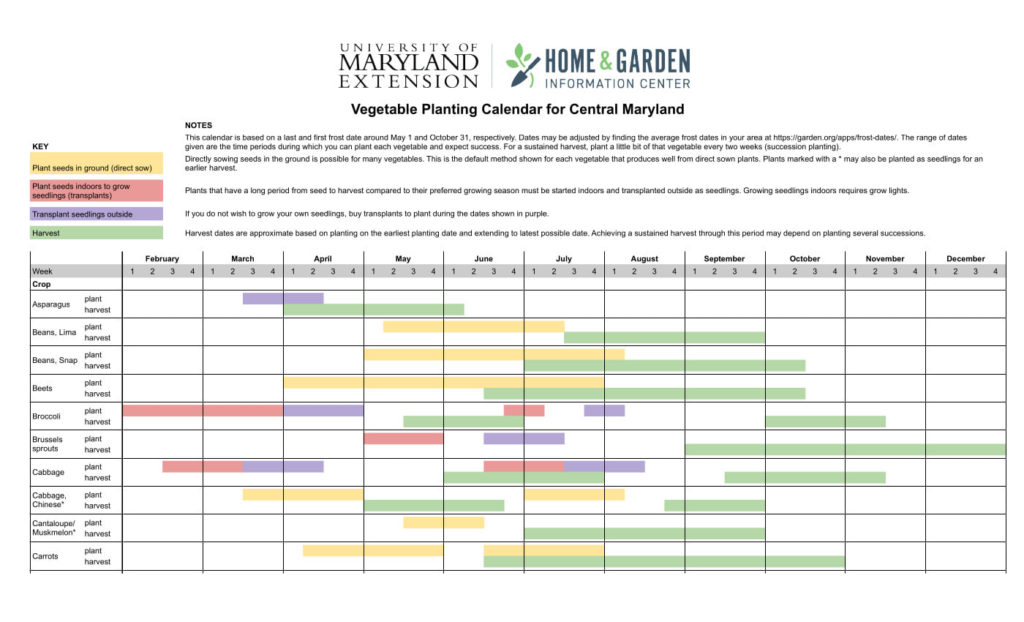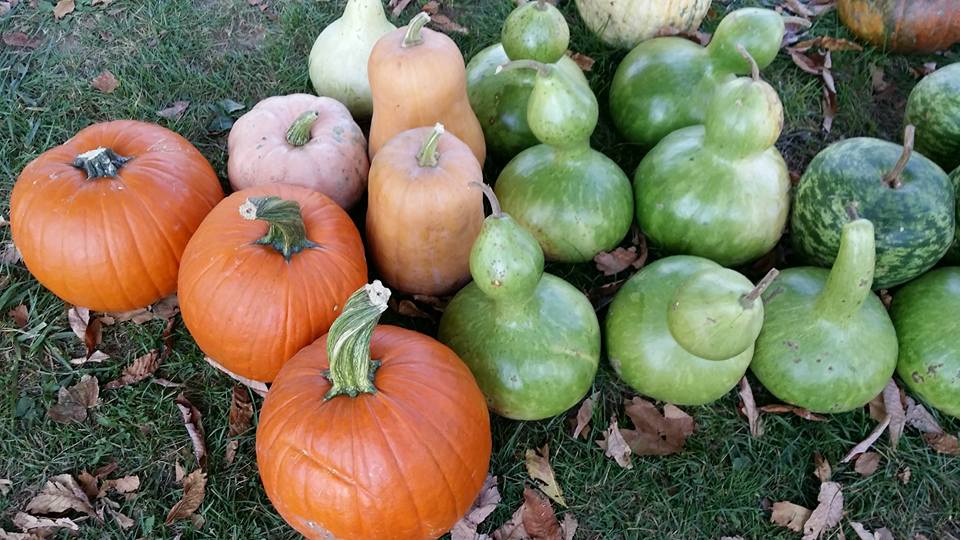Hello Friends, Neighbors, Fellow Gardeners,
We wish you and your family a Happy Thanksgiving! During this season, we can enjoy the cooler weather, fall crops, and preserve some food for the winter months. Don’t forget to support our local farmers by visiting our local farmer’s markets and local farms! Here are some garden tips, educational opportunities, and videos for November. A lot of gardening events are announced on Facebook as well as on our website. Some upcoming events/resources include UMD Home and Garden Information Center: Ask a Garden Question, Project Feeder Watch, a Garden Design video, American Horticultural Society’s Great American Gardeners Webinar Series, and more! These events will be hosted as online or live events.
Private Gardens of the Potomac and Chesapeake (Recap)
Mill Creek Towne Garden Club and guests enjoyed Claudia Kousoulas’ presentation about her book: “Private Gardens of the Potomac and Chesapeake”. Claudia Kousoulas’ talk focused on design, architecture, urban planning, and plant materials. The gardens spanned the vast expanse from the vibrant Washington, DC, Metro Area to the serene Eastern Shore of the Chesapeake Bay. We delved into the enchanting realm of 15 exquisite gardens, carefully crafted by renowned designers, as they unveiled the captivating landscape style of the Capital region. We were able to ask questions during the presentation to learn more about these various types of gardens and how they were developed. Garden locations included:
- Washington, DC
- Bethesda, Maryland
- Alexandria, Virginia
- Montgomery County, Maryland
- Arnold, Maryland
- North Shores, Delaware
- Falls Church, Virginia
- Annapolis, Maryland
- Easton, Maryland
Following her presentation, we had the opportunity to purchase her book. We also enjoyed refreshments and talked to guests and members of the Mill Creek Towne Garden Club. We hope you will be able to join us in future events in 2024! Stay tuned, as we will post events on our website, Facebook, and NextDoor.
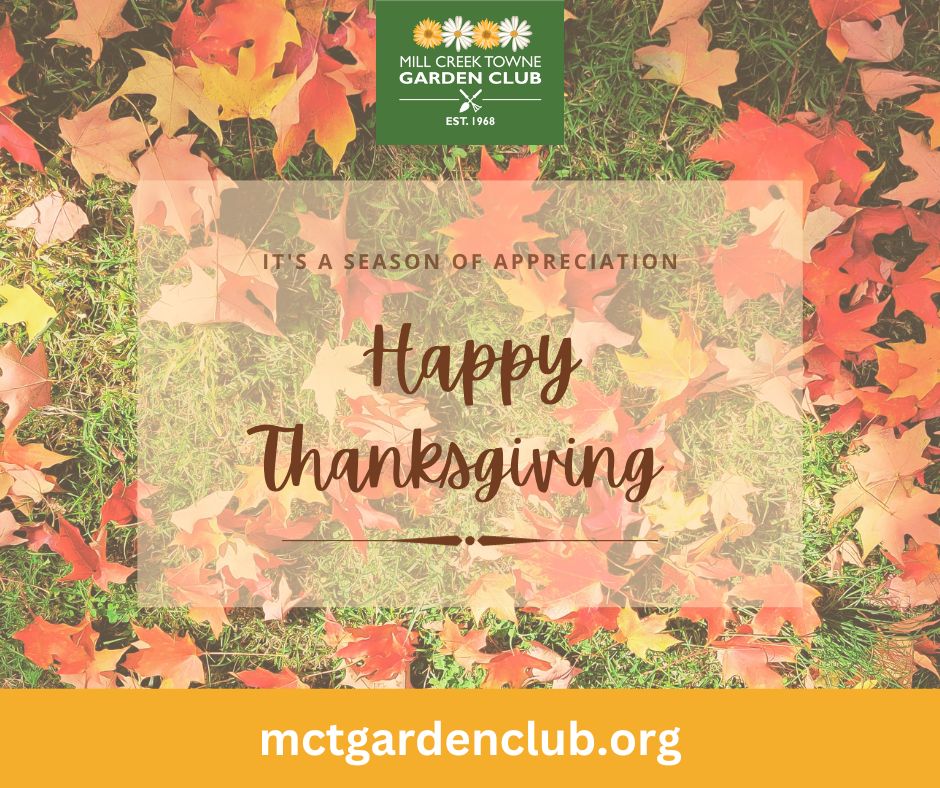
Happy Thanksgiving! We are grateful to our community for your support!
Planning Tips
- It’s harvest time and also a good time to start taking stock of what worked well for you this season and what didn’t.
- Check out garden centers for end-of-season bargains.
- Take photos and update your garden journal.
- Start shopping for spring bulbs.
- Inspect your garden hose for leaks an tighten all connections.
- Gather seeds and carefully label them. Store in a dry location.
- Plan for 2024 with these Free resources: Landscaping with Native Plants by the Maryland Native Plant Society, Plant Invaders of Mid-Atlantic Natural Areas by the National Park Service, Master Gardeners of Northern Virginia Reading Room. Visit our Online Gardening Resources page for more helpful online resources.
- Buy a good gardening book or magazine subscription for a gift for your favorite gardener.
- Have a question about gardening? Check the University of Maryland Extension’s New Maryland Grows blog for garden tips.

Maryland Grows Blog
In weekly posts on MD HGIC’s blog, learn about pollinator conservation, growing native plants and food, and how to solve plant pest and disease problems.
MD HGIC Video Tips
Our Extension experts are sharing one-minute video tips to help you in the garden this summer. We’re talking about pest management in the vegetable garden, tree and lawn diseases, native plants, mowing lawns, and more!
For more information, please visit:
 |
|
What can Master Gardeners do for you?
- Help you select and care for annual and perennial plants, shrubs and trees.
- Determine if you need to test your soil.
- Provide you with information on lawn care.
- Identify weeds, beneficial and noxious insects, and plant diseases and remedies.
- Teach you how to use pesticides, mulch and compost.
- Guide you in pruning trees and shrubs.
- Provide you with options for managing wildlife.
- Provide you with gardening resources.
- Help you submit a plant sample for diagnosis
Plant Clinics are held at several sites in the county on a weekly basis and at special events such as garden festivals and the county fair. Regularly scheduled Plant Clinics are located at public libraries and farmers’ markets throughout the county as well as at the Audubon Naturalist Society in Chevy Chase. There are also clinics three days per week at Brookside Gardens. The busiest season is April through September, but some clinics are open year-round. Bring your plant samples and questions to one of these locations in Montgomery County, MD (see link below to find a location near you):
https://extension.umd.edu/mg/locations/plant-clinics
UMD Home and Garden Information Center: Ask a Master Gardener
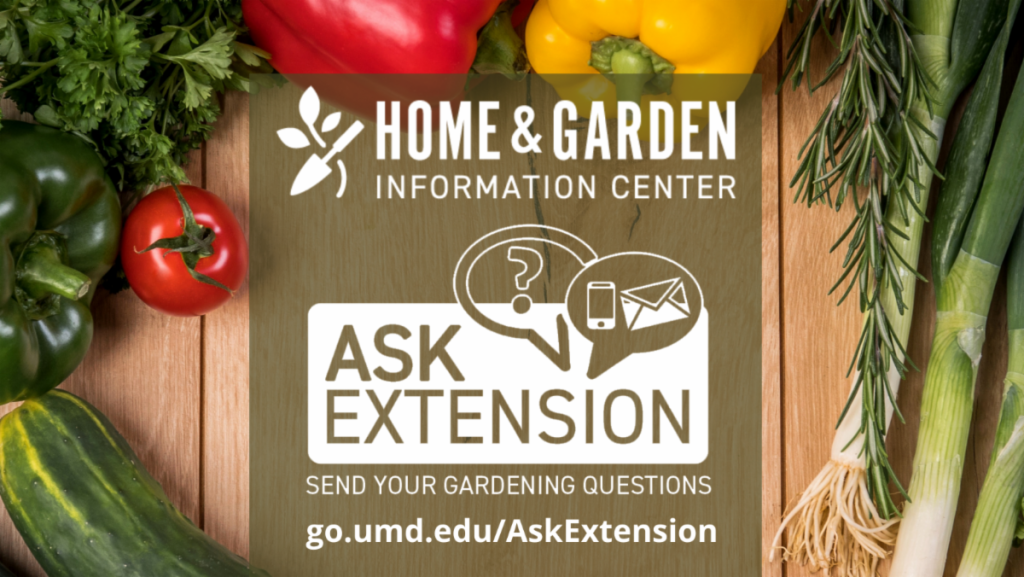
Do you have a gardening question? Our Certified Professional Horticulturists, faculty, and Master Gardener Volunteers are ready to answer – year-round!
See below to ask a master gardener a question on the UMD Extension website:
New Gardening Books
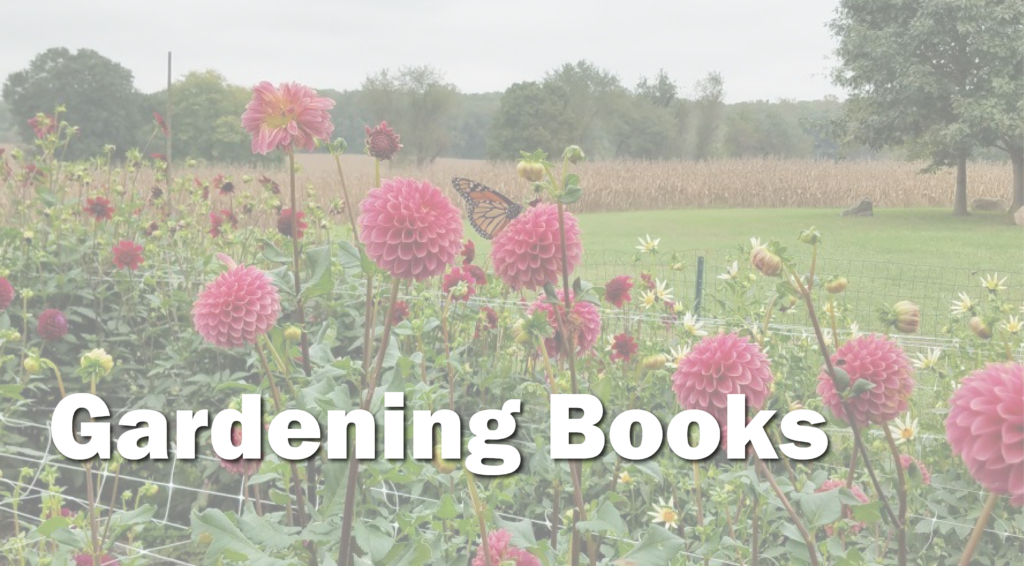
Online Gardening Resources

Online Garden-to-Table Recipes

There are many resources for recipes to make from your garden crops including seed companies, local farms, and online recipe cookbook catalogs. If you grow vegetables, these are very useful resources as the recipes feature the very plant you are growing. Here are few links to recipes you can make from your garden crops
Local Farms
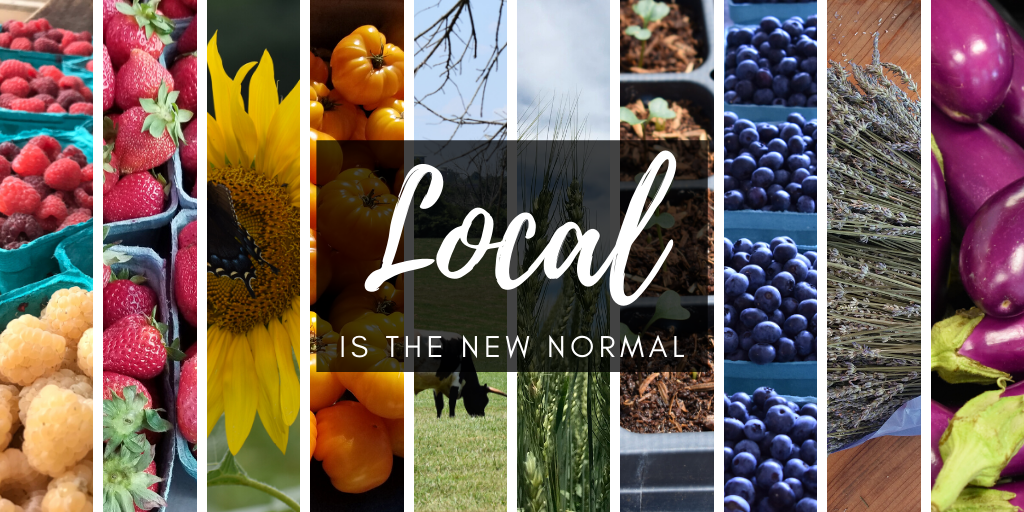
#LocalIsTheNewNormal #BuyLocal
- Support Our Local Farmers – Join a CSA and have fresh local produce delivered to you!
- Visit a local farmers’ market.
How to Support Farmers and Safely Shop at Farmers’ Markets
Montgomery County MD Food and Beverage Guide

The 2023 MoCo Food & Beverage Guide is here! The Guide from the Montgomery County Food Council is available online – delicious baked goods, prepared foods, condiments and more. The craft beverage list grows each year and find two dozen local and amazing farms:

Download Montgomery County’s Office of Agriculture 2023 Farmers Market Flyer to find a farmer’s market near you.
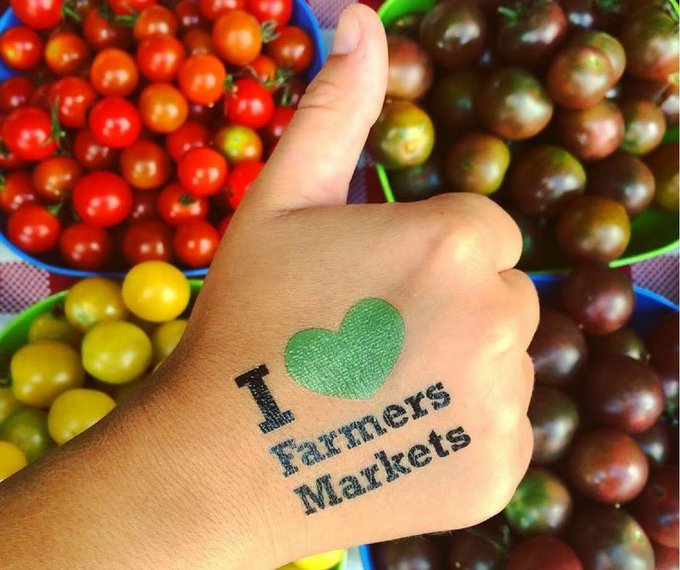
Support Our Local Farmers – Join a CSA and have fresh local produce delivered to you!
CSAs are seeing record numbers of subscribers http://ow.ly/eiQT50zD5lW – find your farmer here: http://ow.ly/jbO250zD56M
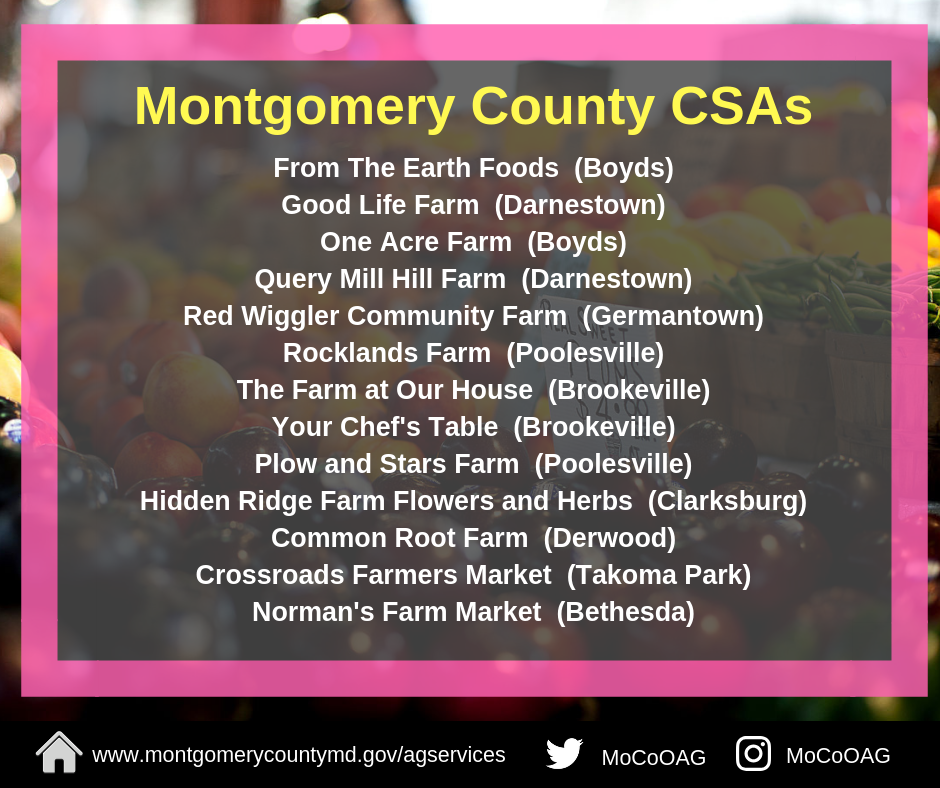
CSAs can take many forms, but essentially they are community supported farms in which members contribute to farming projects, usually by way of membership fees, in exchange for fresh, local produce. The concept came to the United States from Europe in the 1980s. They are a great way to take advantage of fresh, locally grown fruit, vegetables, herbs, and more while supporting nearby farms. Each one is different, some offer pickup locations in urban areas, some offer only farm-based pickups.
There are multiple CSAs located around the County offering a wide variety of products. CSAs begin taking sign-ups for spring and summer seasons in the early part of the year, and they tend to fill up FAST! Know of another CSA not on our list? Let us know! Montgomery Countryside Alliance also maintains a list:
http://www.mocoalliance.org/community-supported-agriculture.html
Check out the revised list of Mid-Atlantic native plants for pollinators and beneficial insects, from the Xerces Society.
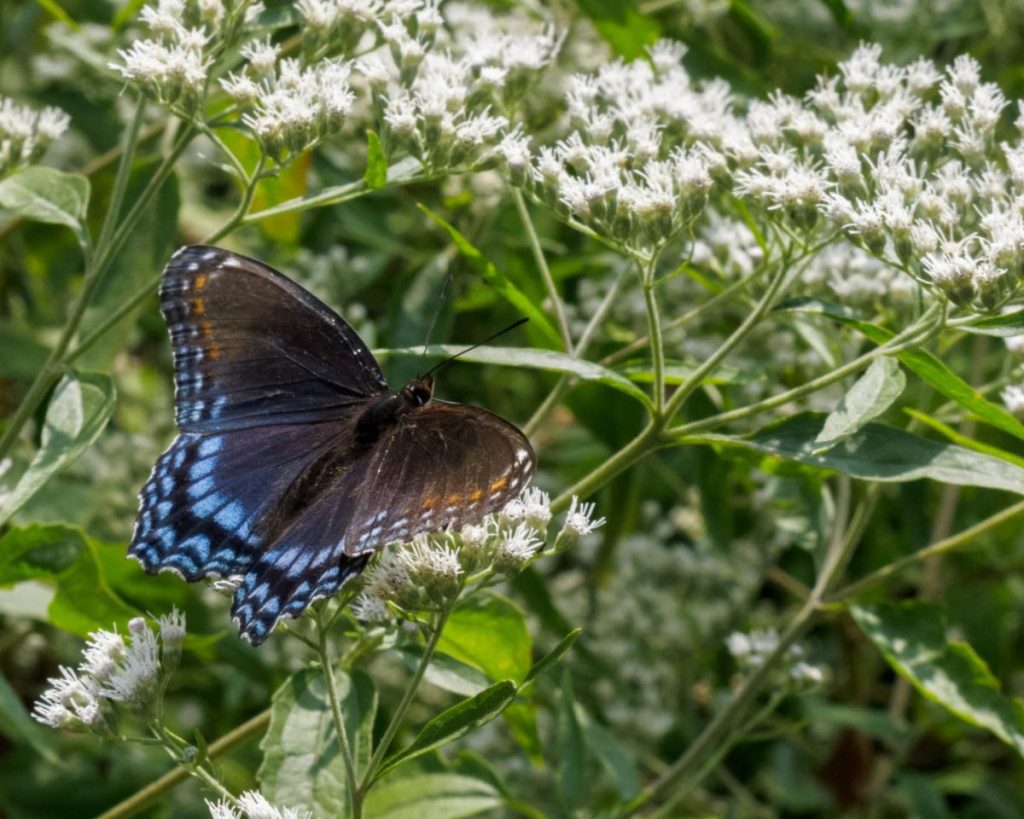
Late Bloomers for the Garden
There are lots of late-flowering native plants that provide beauty and food for pollinators. Many of them, such as Eupatorium (pictured here) are in the Aster family.
Flowers and Groundcovers
- From mid-October through November, plant hardy bulbs for spring flowering.
- After blooming, cut mums back to 6 inches above ground.
- Plant spring-flowering bulbs like deer-resistant daffodils and Alliums.
- Leave old flower stems standing for nesting pollinators.
- Cut back perennials that have turned to mush. Leave others with seed heads for the birds.
- Dig up bulbs from your Gladioli, cut off foliage, dry for a week, and then store for winter.
- After hard frost, sow seeds of spring-blooming hardy annuals and perennials then mark beds!
- Leave seedheads on Black-eyed Susan, Echinacea, Goldenrod, Sunflowers, and Thistles for the birds to enjoy over the winter.
- Sow wildflower seeds, such as California Poppies, for next spring.
- As the days get cooler, plant native Asters.
- Start collecting plant seeds for next year and for trading.
- Renew your container plantings, which may be looking a bit ragged at this point. Pinch back overgrown plants. Pull out any spent ones and pop in some substitute annuals or mums. Keep them well-watered and add a little liquid fertilizer every few weeks to keep them going through early autumn.
- Cut a few flowers to enjoy in your workplace or home.
- Pests to watch for: Aphids, 4-lined plant bug, spidermites, whiteflies, Deer, slugs, snails.
- Diseases to watch for: Powdery mildew, Damping off of seedlings, Botrytis on peonies, Volutella blight on pachysandra.
- See UMD’s HGIC Garden Tips for more details.
- For a list of native plant resources, visit: https://extension.umd.edu/hgic/topics/native-plant-resources
5 Million Trees Initiative
Maryland’s goal is to plant and maintain 5 million native trees by 2031. There are various ways you can get involved – plant trees and register them — or volunteer! A number of tree-planting assistance programs are available at the municipal, county, and state levels.
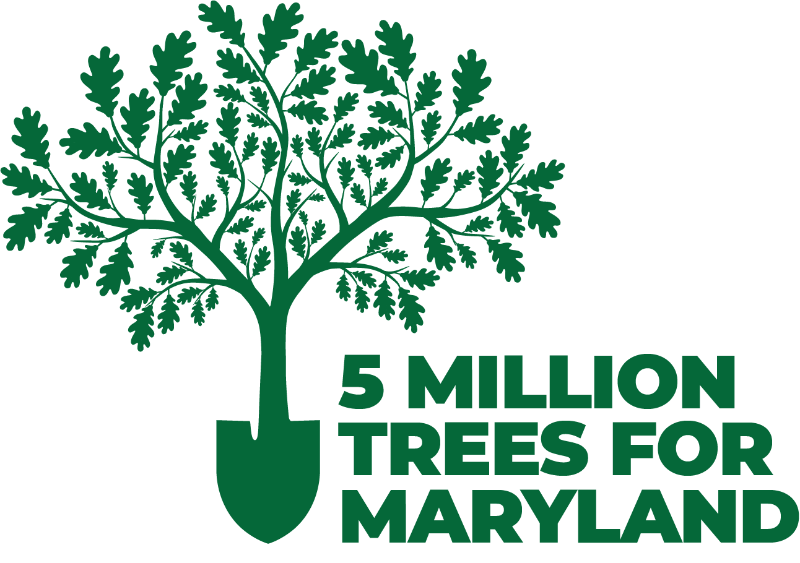
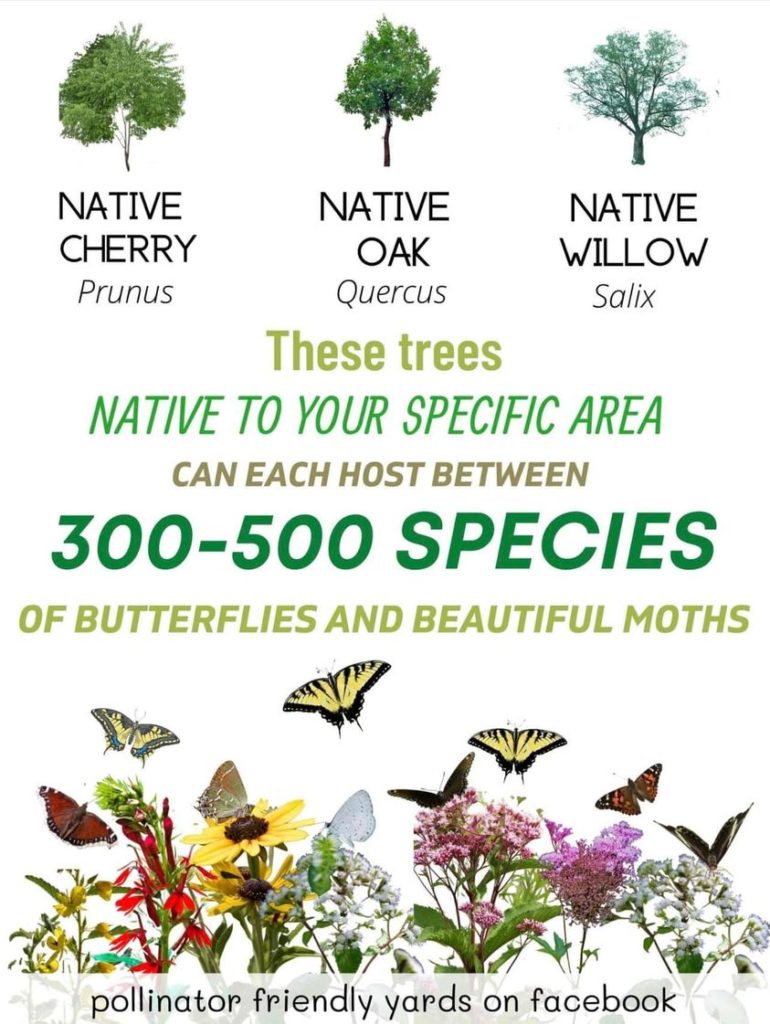
THIS is the SUPERPOWER of YOUR KEYSTONE NATIVE PLANTS.
- No exotic plant could ever achieve this.
- Want butterflies? Feed the caterpillars with keystone plants!
- Exotic plants will never support as many different species of caterpillars as the Keystone Natives can.
- Find your keystone native plants here by zip code.
If your zip code doesn’t give you enough information try zip codes of the nearest larger town or city. LINK: https://www.nwf.org/NativePlantFinder/
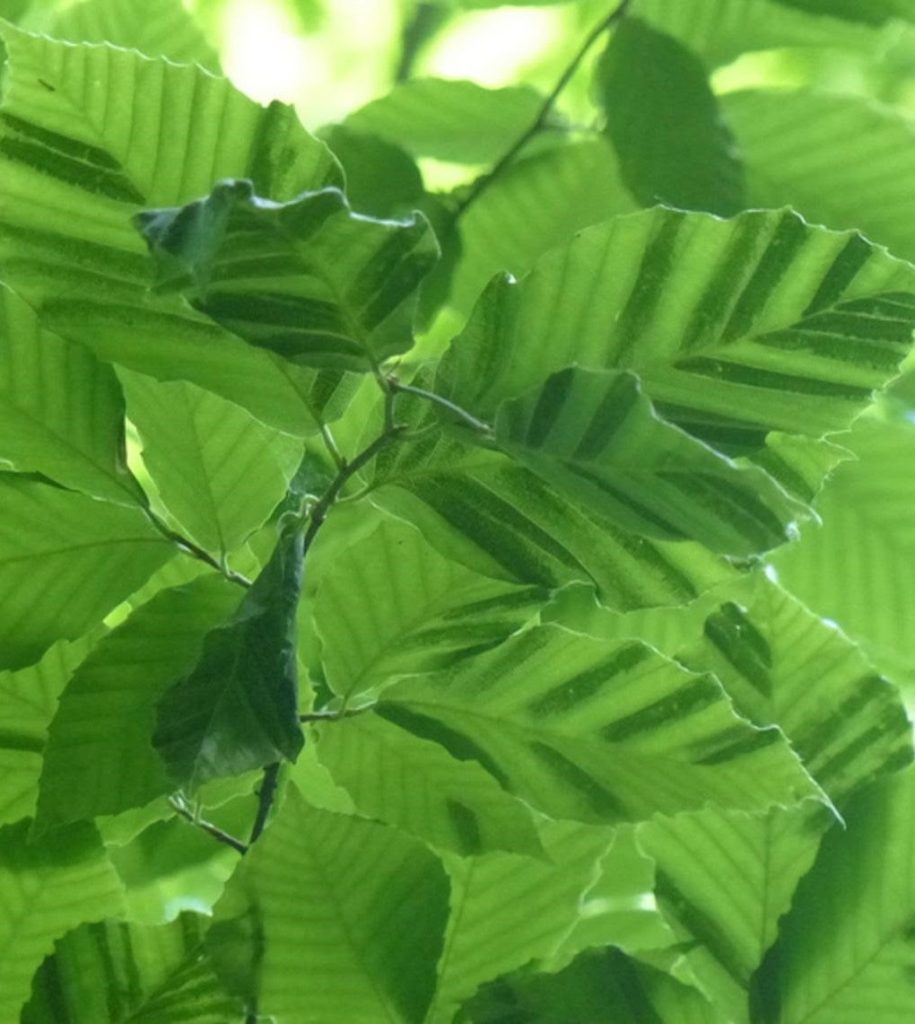
Beech Leaf Disease
The Maryland Department of Agriculture confirmed the presence of Beech Leaf Disease for the first time in Maryland. This disease is transmitted by nematodes (microscopic worms) and it can affect all types of beech trees (Fagus spp.), including native and non-native. Understory trees can be killed in two years and mature trees in six to ten years.
Trees and Shrubs
- Plant trees and shrubs and herbaceous perennials before the ground freezes.
- Use fallen leaves for mulch or compost.
- Dig hole now if you will be planting a “live” Christmas tree.
- Transplant trees when leaves begin to color.
- Plant evergreens for winter interest.
- Prune evergreens to get in shape for fall/winter.
- Water slowly and deeply if weather is very dry.
- Prune foundation shrubs and trees to be no closer than 1 foot from the house.
- Contact a certified arborist to have your trees’ health inspected.
- Remove spent lilac and rhododendron blossoms.
- Take soft cuttings of plants to propagate.
- Check often and water newly planted trees if they don’t pass the finger test (stick your finger deep into soil – dry? Water!)
- Look out for any Poison Ivy vines, which will turn crimson in the late fall and be easy to distinguish from other vines.
- Remove Ivy, Pachysandra, and other vine-like groundcover from under shrubs.
- Mulch or compost healthy leaves.
- Soil test established trees that have not been performing well.
- Put diseased leaves, pesticide-laden grass clippings and weed seeds out for recycling rather than the compost pile.
- Spray with dormant oil to decrease pest infestations.
- Remove dead and dying trees.
- Pests to watch for: azalea lacebug, bagworms, borers, caterpillars, gypsy moths, Japanese beetles, scale, sawfly, spidermites, leafminers, voles, and deer.
- Diseases to watch for: Powdery mildew.
- For more tips, see UMD’s HGIC Garden Tips for more details.
Vegetable Planting Calendar
Download vegetable planting calendars from University of Maryland Extension, in English and Spanish. This page also has a link to a frost/freeze date calculator.
Herbs, Veggies, and Fruit
- Keep an eye out for the first frost date. In Zone 6, it is expected between September 30 and October 30. In Zone 7, it is predicted to be between October 15 and November 15.
- Harvest most fruits before frost.
- Pick mature tomatoes and peppers to ripen on your window sills.
- Set up a cold frame, then plant lettuces, radishes, and carrots from seed.
- Plant cover crop (i.e., rye, clover, hairy vetch, winter peas) where nothing is growing.
- Cover carrots, parsnips, and turnips with straw to extend harvest.
- Protect fig trees from freezing by piling up leaves around them.
- Remove this year’s fruiting raspberry canes down to the ground.
- Harvest sweet potatoes.
- Remove finished plants.
- You can still have your vegetable garden and landscape soils tested.
- Mulch strawberry beds for winter.
- Harvest leaves of herbs used in cooking (rosemary, basil, sage) in early morning, for best flavor. Dry them indoors if you can’t use them right away.
- Cut herbs and flowers for drying indoors.
- Preserve gourds for display in the fall.
- New fruit plants: keep watered their first spring, summer, and fall.
- Pick apples and pumpkins at a local pick-your-own farm or visit a local farmer’s market.
- Deadhead garlic chives before they go to seed. Makes a nice cut flower.
- Dig up garlic when tops turn brown. Let dry in sun, then store.
- Sow seeds of: beets, beans, cucumbers, pumpkins, and squash for fall harvest.
- Sow heat-tolerant greens like Swiss Chard and mustard greens in part-shade.
- Keep all transplants watered deeply for 2-3 weeks.
- Put in supports for tall-blooming plants.
- Divide perennials and herbs. Pot up extras and give away at plant swaps.
- Thin seedlings.
- Harvest your herbs often and keep them trimmed back to encourage leafy growth.
- Apply dormant oil spray to fruit trees.
- Pests to watch for: Asparagus beetle, aphids, birds, cabbage worms, corn earworm, cutworms, deer, rabbits, squash vine borer, and tomato hornworm.
- Diseases to watch for: Apple scab, Cedar-apple rust.
- Here are some more UMD’s HGIC Garden Tips.
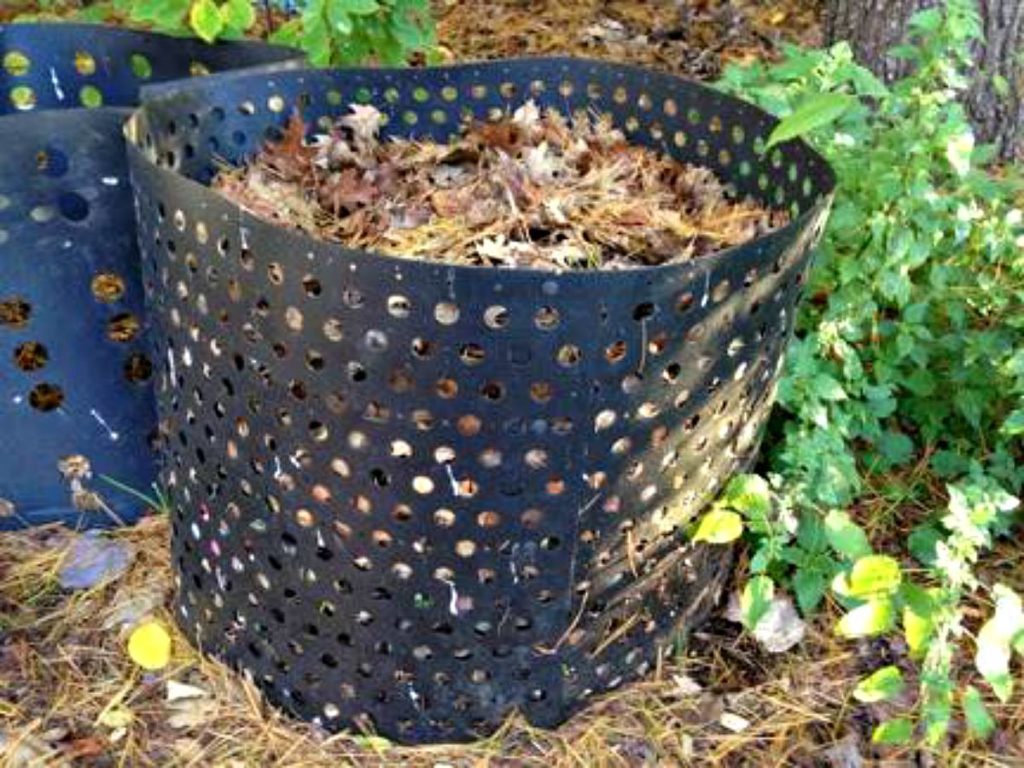
Is Composting a Climate Change Solution?
Composting is seen by most people as good for gardens and the environment. But doesn’t the composting process generate carbon dioxide (CO2), the principal climate-warming gas? Can composting also mitigate climate change and make our yards and landscapes more climate-resilient? The answer to both questions is YES.
Lawns
- Fertilize tall and fine fescues and bluegrass with 1 lb. Nitrogen per 1000 square feet.
- Over seeding may be done now through October.
- Keep newly seeded lawns well watered.
- Apply grub control to your lawn.
- Control wild onions in warm season turf with broadleaf weed control.
- Clean yard of all leaves and other debris.
- Turn your compost pile.
- This is a good time to have your vegetable garden and landscape soil tested. Have soil tested (every 3 years minimum).
- The soil resources from the Natural Resources Conservation Service are available here:
- Diseases to watch for: brown patch, and red thread
- Pests to watch for: Grubs
- See UMD’s HGIC Garden Tips for more details.
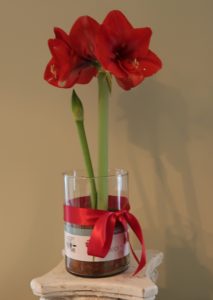
Indoors/Houseplants
- All house plants should be inside now.
- Take cuttings of plants you want to overwinter inside and place in water.
- Prune potted bougainvillea or hanging baskets that will overwinter inside.
- Pot up Paper Whites and Amaryllis for holiday blooming.
- Force the buds on Christmas Cactus by placing in a cool (55-60 degree) room for 13 hours of darkness.
- Repot and fertilize houseplants when new growth begins.
- Change water in cuttings started last fall and add 2-3 pieces of fish tank charcoal.
- Do not over water house plants.
- Check on your container plants daily and keep them well-watered.
- Rotate houseplants to promote even growth.
- Remove old leaves, damaged stems.
- Pinch out growing tips of leggy cuttings and plants that are overwintering.
- Clean the leaves of your indoor houseplants to prevent dust and film build-up.
- Pests to watch for: aphids, spider mites, mealybug, scale, and whitefly.
- See UMD’s HGIC Garden Tips for more information.
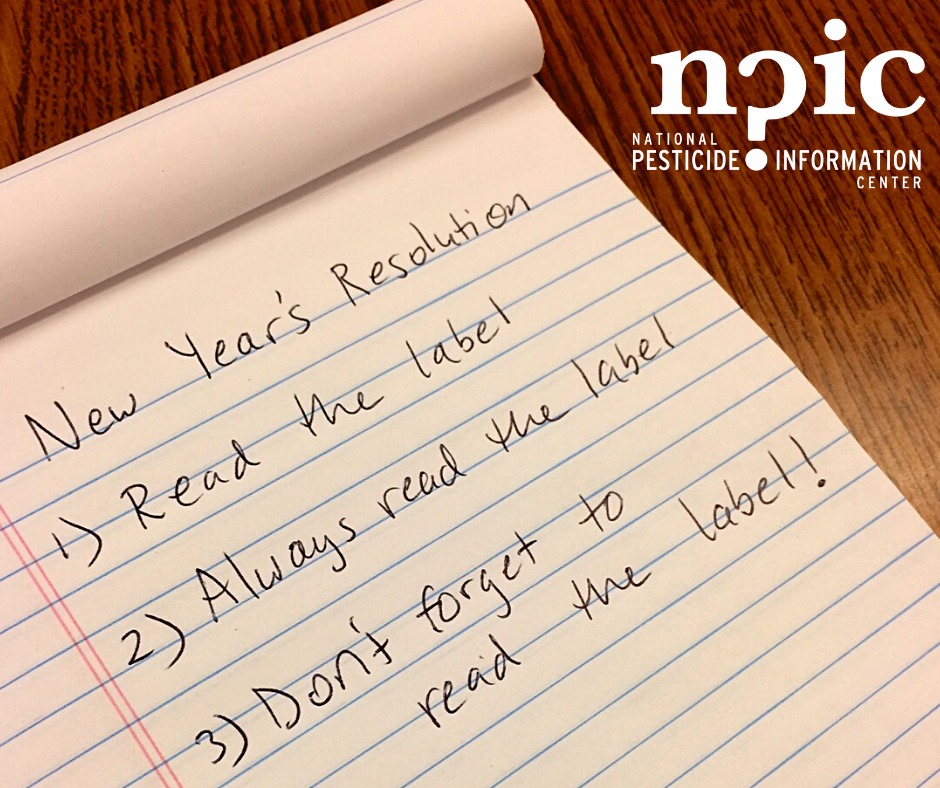
Read and follow label instructions on all pesticides and herbicides.
Start the year off by minimizing your #risk to #pesticides and always #ReadTheLabel! Learn more here: http://npic.orst.edu/health/readlabel.html
Questions about your label? Call us! 800-858-7378 M-F 8am-12pm PST
Indoor/Outdoor Insect and Wildlife Tips
- Watch for insect and disease problems throughout your garden.
- Check your plants at night with a flashlight for any night-feeding insects like slugs.
- Look out for slug eggs grouped under sticks and stones. They are the size of BBs and pale in color.
- This is the perfect time to apply grub control.
- Put out slug traps around your vulnerable edibles and Hosta.
- Put suet out for birds.
- Keep bird feeders clean and filled.
- Change the water in your birdbath daily and throw the Mosquito Dunk (or bits) into any standing water.
- Switch your deer deterrent spray.
- Set out traps for mice, moles, and voles.
- Watch for: carpenter ants, flies, mosquitos, stink bugs, termites, rabbits, raccoons, groundhogs, deer, mice, moles, snakes, squirrels, and voles.
- For more information, see UMD’s HGIC Garden Tips.
Source: University of Maryland’s Home and Garden Information Center (HGIC) and the Washington Gardener.
See more tips from HGIC:
Garden Design
Need some garden design inspiration? In this brief video, horticulturist Miri Talabac walks through a beautiful example of a multi-layered garden using regionally native plants.
Let’s Talk Gardens
Thursdays 12 to 1 p.m.
Smithsonian Gardens

“Grow” your gardening know-how! Our free online gardening program, Let’s Talk Gardens, covers a wide range of topics presented by our own professional staff, as well as guest speakers.
And we encourage you to watch videos in our Let’s Talk Gardens Video Library.
